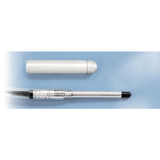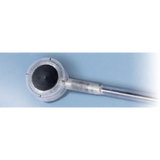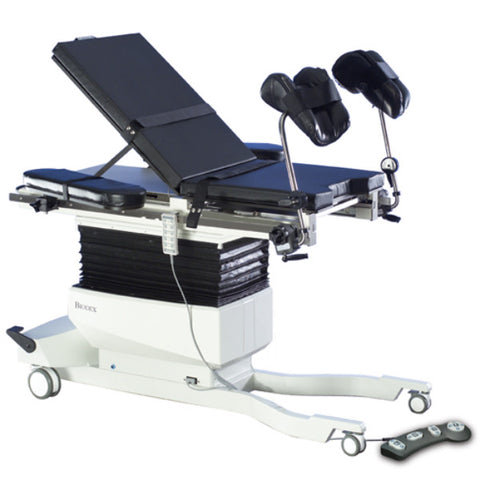Ionization Chambers for Relative and Absolute Dosimetry
IBA Dosimetry offers a full range of ionization chambers and pSi semiconductor detectors for various 2D and 3D water phantom systems. All detectors are from our in-house production and have been extensively tested to meet the highest criteria in radiotherapy dosimetry.
Air Ionization Chambers
Compact Chambers
Applications:
All compact chambers are designed for measurements with high reproducibility in air, in solid or in water phantoms. They are suitable for relative dosimetry of photon, electron and proton fields in radiotherapy.
CC04
- the conventional ionization chambers for measurements of small fields and of ranges with high dose gradients, e.g. stereotactic fields.
CC08
- used for customized applications during manufacturing and installation of linear accelerators (e.g. “Buddelship”).
CC13
- the standard chamber for clinical use in water phantoms and for output factor measurements.
CC25
- mainly used for quality assurance in air and for low dose measurements in water phantoms.
CC13-S
- replacement for RK chamber used in RFA phantoms. Parameters of the CC13-S are similar to CC13.
Farmer Type Chambers
Applications:
All farmer type chambers are designed for measurements with high reproducibility in air, in solid or in water phantoms. They are suitable for absolute dosimetry of photon, electron and proton beams in radiotherapy.
FC65-G
- the standard reference detector for reference dosimetry and scientific applications.
FC65-P
- can be used for all routine applications.
FC23-C
- yields higher precision in measuring of isodose contours.
Plane Parallel Chambers
Applications:
All plane parallel chambers are designed for measurements with high reproducibility in air, in solid or in water phantoms.
PPC05 and PPC40
- are suitable for absolute dosimetry of electron, photon and proton beams in radiotherapy.
NACP
- designed according to recommendations of the Nordic Association of Clinical Physicists (NACP), Acta Radiologica Oncology 19,55. The chamber is used for absolute dosimetry of electron beams 2-50 MeV. A thinner front wall minimizes contamination of the beam and allows measurements at shallow depth and high accuracy even at low electron energies is guaranteed.












































